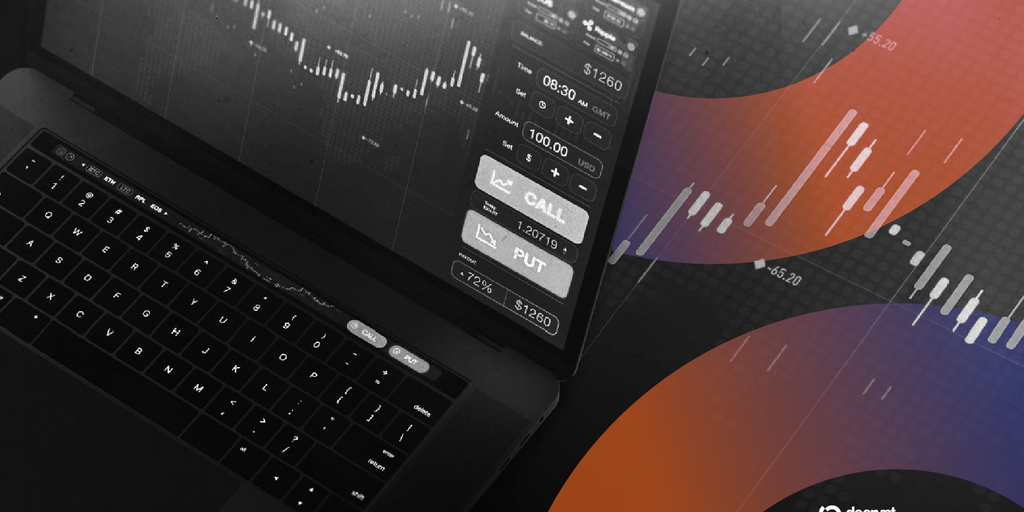The decentralized finance sector witnessed unprecedented market turbulence last week as cascading liquidations triggered dramatic price movements across cryptocurrency markets. This volatility surge has reignited discussions about implementing traditional financial safeguards within decentralized ecosystems.
Market analysts observe that conventional circuit breakers, commonly deployed in traditional equity markets to temporarily halt trading during extreme price movements, face significant implementation challenges in decentralized environments. The autonomous nature of smart contracts and the continuous operational requirements of decentralized exchanges create fundamental structural barriers to conventional market stabilization mechanisms.
Industry specialists emphasize that the distributed architecture of blockchain networks, while providing censorship resistance and transparency, complicates the deployment of centralized intervention tools. The absence of centralized control points means traditional market halt mechanisms would require sophisticated smart contract designs and broad protocol-level consensus to implement effectively.
Furthermore, the global 24/7 nature of cryptocurrency markets presents additional complications for volatility management systems. Unlike traditional exchanges with defined trading hours, decentralized platforms operate continuously across multiple jurisdictions, requiring more nuanced approaches to market stability that respect the core principles of decentralization while addressing extreme volatility scenarios.
This recent market episode underscores the ongoing evolution of risk management frameworks within the DeFi ecosystem as developers and protocol designers continue exploring innovative solutions for maintaining market integrity during periods of heightened volatility.


